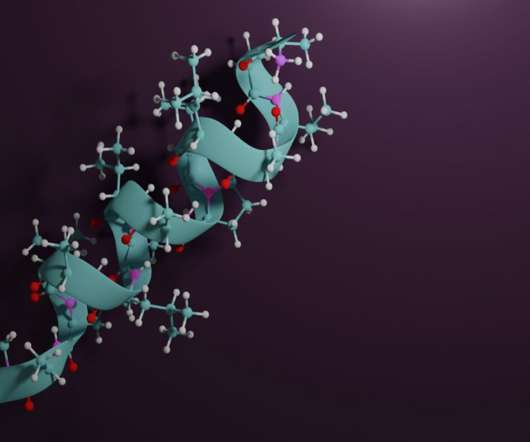The Power of Lipids: Enhancing Drug Delivery with Nanoparticles
Roots Analysis
MAY 21, 2024
Over the last decade, one of the major challenges faced by pharmaceutical companies across the globe is low drug solubility. In fact, it has been observed that around 40% of the pharmaceutical drugs approved by regulatory organizations exhibit poor bioavailability / solubility.











Let's personalize your content